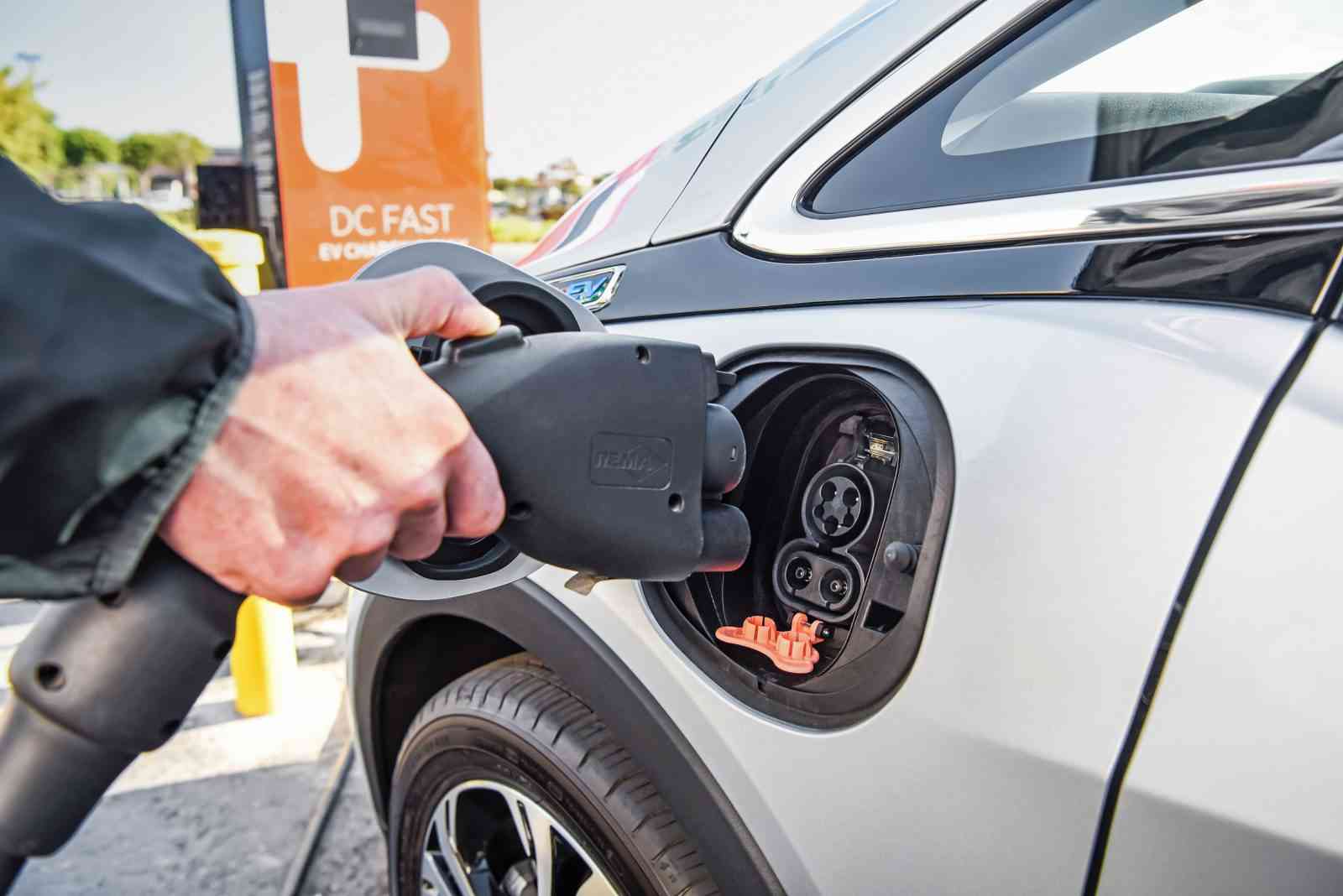The significant difference between a Chevy Volt and Chevy Bolt is that Bolt is an all-electric car whereas Volt is a hybrid electric one. People often get confused in both of the creations as both vehicles have relatively same names. However, it is not the case, and differences do exist. From pricing, interiors, performance, to overall driving experience, everything differs. Let’s talk the same here, the Chevy Volt vs. Bolt right here.
Contents
Chevy Volt Vs. Bolt: Make Your Selection Based On The Review
It is okay to be dubious between a pure electric and a plug-in hybrid. However, you should always have a clear mind about what these cars have to offer. Get to know which one is more fun to drive and own.

SEE MORE:
- Here are interesting facts about electric cars
- Find out how to cool down an electric car that is on fire
1. Exterior
On the Chevy Volt vs. Bolt, the Chevy Bolt that is the electric car is available in nine different color schemes majorly including the metallic shades. All the colors are vibrant enough, yet the company keeps the exterior design to any standard subcompact car. The grille makes the space for the headlamps and lights, and the hood is more of compressed type rather than leaning forward.
There is nothing special about Bolt for the exteriors than those wheels that shine high and grab attention.
Talking about the Volt that is the plug-in hybrid is worth noticeable for its exteriors as compared to Bolt. The Volt adds up sharp features that seem more like a sedan. The headlamps and lights are there near the grille while the hood is slightly leaning forward which makes the overall appearance longer and more impressive.
The Volt’s exteriors are more about elegance, and they do speak the business look with the bit of compressed pattern on the doors, with a shark-fin antenna.
2. Interior And Features
For Bolt’s interiors, there is nothing premium, and there is hard plastic used for the dashboard and nearby areas. The lever, however, is innovative and the infotainment system that is a 10.2-inch touchscreen, big enough that it almost seems like a tablet.

It has the Android Auto and Apple Car Play, Bluetooth connectivity, six-speaker sound system, all controls on the steering wheel, one-pedal driving, wireless phone charger, and two USB charging ports. So, it is overall a high-tech car even if it does not flaunt for the exterior and interior. The only downside is that you can’t use the navigation while you are on a call. There are the heated front and rear seats; it depends on the trim you get.
Bolt’s cargo space is significantly more than Volt’s. Bolt features a total of 56.6 cubic feet when the seats are down.
Now coming to the Chevy Volt, the car does flaunt its interiors. There is the use of hard plastic, soft plastic, leather, chrome extensions, rubbery finish, and storage add-ons. The entire blend used in a fair quantity makes it look amazing inside.
The touchscreen is, however, smaller, but there is leather used on the steering that makes it feel premium while driving. The climate buttons, battery status display, Android Auto and Apple Car Play, and rear camera like features are embedded too.
Two people can sit comfortably in Volt and three people in a squeezing position. The boot space is 10.6 cubic feet, which can be extended to 30 cubic feet when you take down the back seats.
3. Engine And Capacity
Being an all-electric car, Bolt offers 240-volt of charging capability that can easily make you cover 40 miles a day. At the gas station, the battery is quickly chargeable in just 2 hours while manually or at home, it can take you up to 9 hours. The trick here is to charge the car for 80% at the gas station and the remaining 20% at home. It is because gas station charging comes at a price, and after getting 80% charged, the charging speed gets significantly decreased while the cost for an hour charging remains the same.
The car produces a total of 200 horsepower and 266 NM of torque. The display system in the car lets you known once the battery is fully charged. More comparisons on different brands are here Car Comparison.
Volt consists of a 1.5L I4 engine that produces 149 horsepower and torque of 294. The charging hour for this plug-in hybrid is the same as the Bolt. Otherwise, you can always fill it up with the gas if you are in a hurry and do not have time to charge.
Safety-wise, both cars’ features are almost the same standards. Regardless of the trim level, the cars come with dual front, side, and curtain airbags along with the knee airbags as well and hence ensuring advanced safety.

Conclusion
For someone who is getting confused between these two cars, the price also contributes as a factor. The Bolt starts at $36,620 and charges $40,905 for the premier trim. The Volt, however, begins with $33,220 and goes to $37,570 for the premier trim. Ending the Chevy Volt vs. Bolt, we can say that you need to determine if you want a fully electric car or the one that can serve on both electricity and gas. Decide if you prefer technology over practicality or vice-versa.



